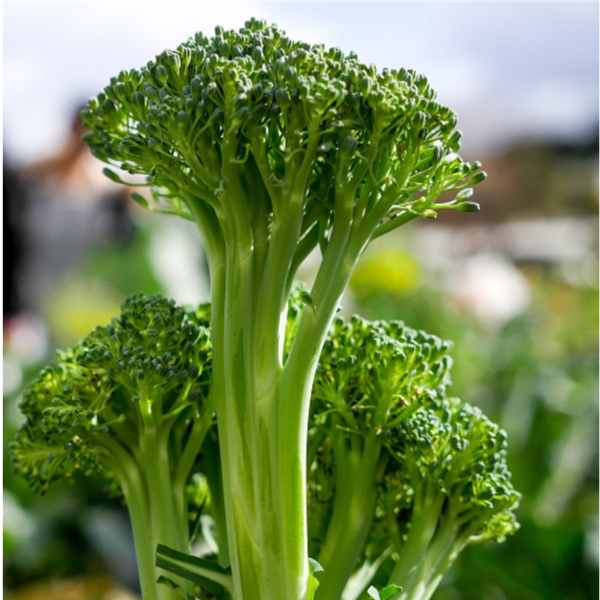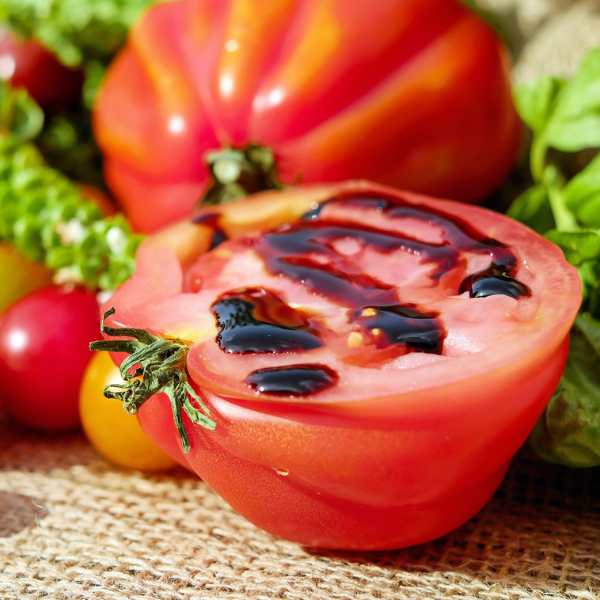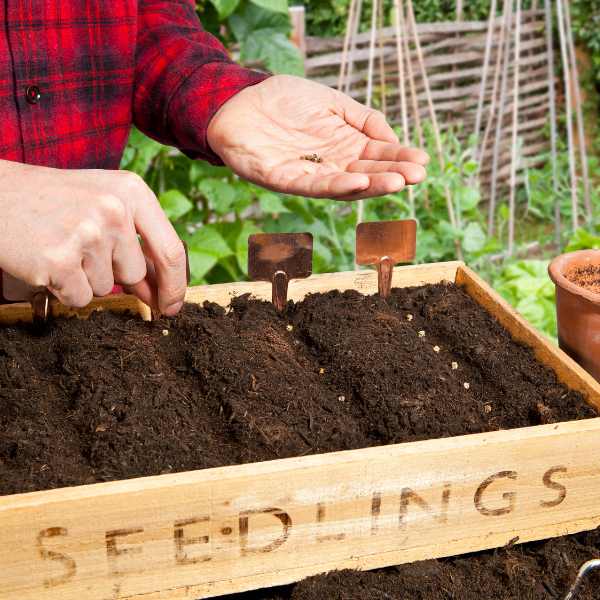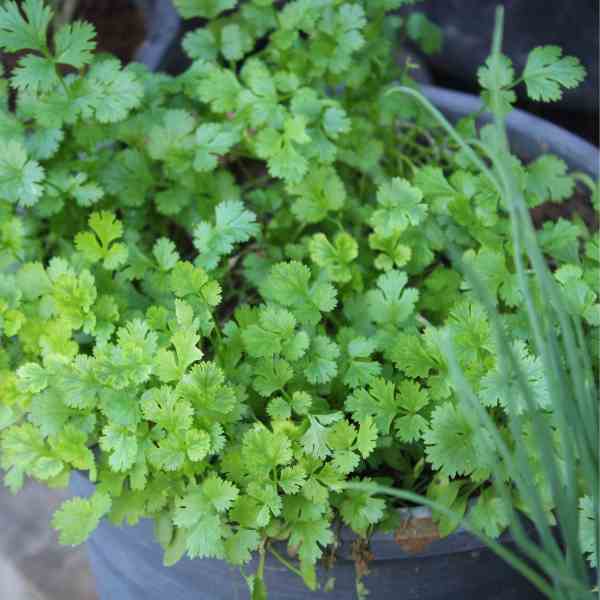Indeterminate V’s Determinate Tomatoes
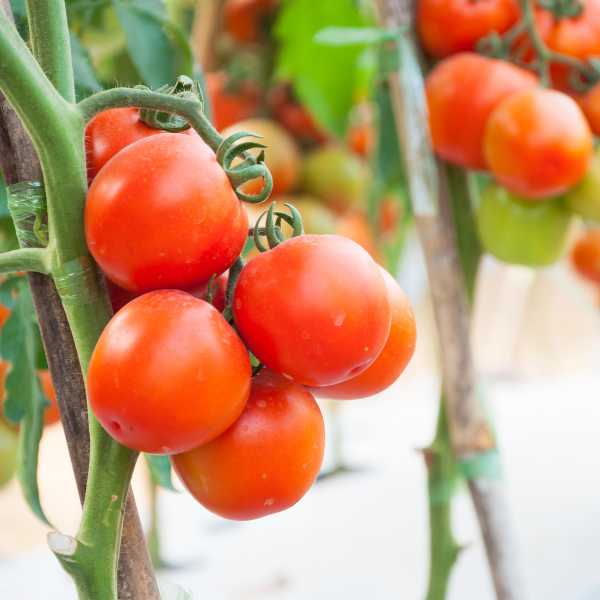
There are two growing types of tomato plant to grow, indeterminate and determinate tomatoes. Which type you choose will affect how you grow them. Having this knowledge can mean the difference between producing a good harvest, and a great one.
- Determinate tomatoes are bushy type plants that grow to around a metre high. They provide all their yield in one fell swoop.
- Indeterminate tomatoes are vine type plants that grow to around two meters high. They provide their yield over the season.
Here’s how you can establish whether a variety is determinate or indeterminate.
- Planting from seed, check the seed packet.
- Buying plants at a garden centre, check the plant tags.
- Already growing a plant and you’re not sure what type it is, the way that the tomatoes are growing on the vines will tell you. If there are flowers or flower buds on the ends of the vines its determinate. In indeterminate varieties the end of the vines have leaves with the flower clusters growing along the sides of their stems
Care for Determinate Types
Determinate tomato cultivars are also sometimes referred to as “bush” tomatoes, because of their bushy shapes. The bushiness is down to genetics. A determinate tomato plant has a self-pruning gene. The effect of this gene shows up in the plant’s growing tip or shoot.
As mentioned above, determinate tomatoes have growing tips that end in flower clusters, and eventually fruit – that’s the self-pruning gene showing up. When these flower clusters bloom, foliage growth is halted allowing the plant to instead put its energy into turning pollinated flowers into fruit.
Since the plant’s stems and foliage stop growing, the overall size of the plant stays smaller and more compact. The plant is “self-pruned,” because it can’t keep growing foliage from its flower clusters.
That means that when these plants are in your garden, they will reach a height of roughly a meter. Some support, such as a growing cage, can be added to help bear the heavy fruit loads when they reach maturity.
Once all the growing tips have given their fruit, it is time to replace the plant. It is a good idea to stagger plant a few seeds, roughly a month apart, so that you can keep a steady stream of tomatoes. Be prepared for lots of tomatoes!
Care for Indeterminate Types
Also called vine, pole, or climbing tomatoes, indeterminate cultivars just keep growing and growing until something stops them – usually your first autumn frost.
Gardeners with long growing seasons can take advantage of this trait, receiving small but frequent harvests from each plant throughout the growing season.
If you live in a temperate climate with mild winters, and your plant is in a protected spot, you can often keep your plants growing and producing for more than one season.
Remember how our determinate varieties grow flowers on the ends of their shoots? Indeterminate types grow flower clusters along the sides of their stems instead, which allows the shoot to keep growing.
The plant’s energy keeps going into growing more foliage along with producing fruit, which results in smaller quantities of fruit over an extended period. If given the time, indeterminate tomato plants often grow to be 2-3 m in height or more.
Because of this extensive growth, these cultivars aren’t usually the best choice for growing in containers as they become too top-heavy requiring more water and nutrients than may be manageable in a container setup.
On the other hand, they are wonderful candidates for vertical gardening, since it’s easy to train them to climb upwards. Whereas some determinate varieties can get by without support, these varieties need to have their growing vines managed with pruning and staking.
Climbing types are typically pruned to just one or two leader stems and trained to climb a string or trellis. Pruning and training these plants helps with airflow, an important tactic for keeping disease at bay in more humid climates.
With indeterminate varieties, pruning and removing suckers allows the plant to focus energy on fruit production for the remaining stems – putting less energy into foliage growth.
Overview
Determinate Tomatoes
Pros
- Suitable for small spaces and containers.
- Less susceptible to late-season diseases.
- Best for preserving due to quantity.
Cons
- Small harvest per plant.
- Difficult to preserve huge harvest at a time.
- Overall, less production per square foot.
Indeterminate Tomatoes
Pros
- Produces a bigger yield of tomatoes per plant.
- Longer growing season.
- Control fruit size from smaller to bigger following different pruning methods
Cons
- Need more attention to maintain the tomato plants for a better harvest.
- Get smaller size tomatoes if not pruning.
- Difficult to grow in containers and small space.

